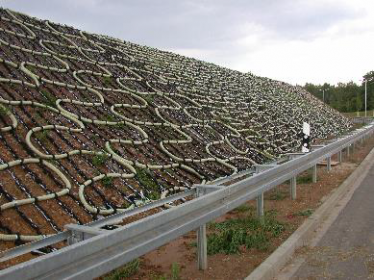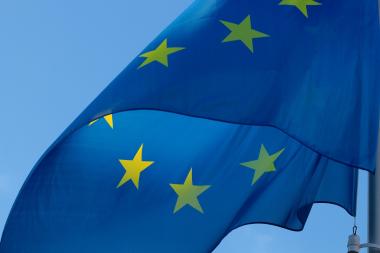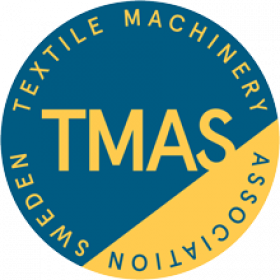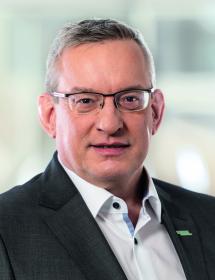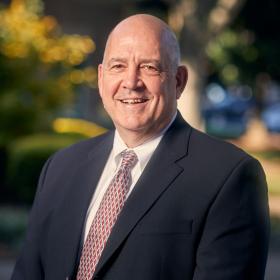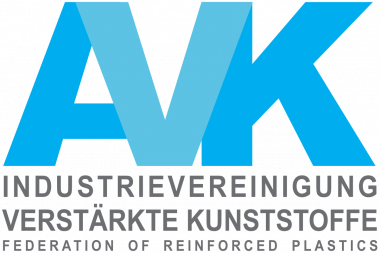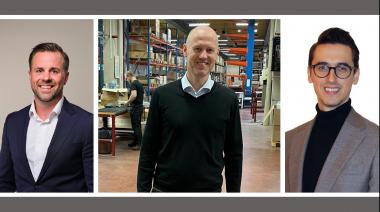STFI lädt zum Bautextilien-Symposium ein
- Textiler Dauerlauf oder wie Geokunststoffe durch eine hohe Nutzungsdauer nachhaltig werden
- STFI lädt ein zum Bautextilien-Symposium mit den Schwerpunkten Ressourcenschonung und Nachhaltigkeit (online)
Ressourcenschonung und Nachhaltigkeit – Verzicht oder Wachstumschance? Diese Frage begegnet uns immer häufiger, auch beim Thema Bauen mit Textil. Auswirkungen und Konsequenzen einer Entscheidung für mehr Nachhaltigkeit müssen wir dabei jedoch immer hinterfragen. Denken wir beispielsweise an die zweifelsfrei notwendige Infrastruktur, auf die eine moderne, industriell geprägte Gesellschaft angewiesen ist, müssen hier andere Lösungen als bloßer Verzicht gefunden werden.
Ressourcenschonung und Nachhaltigkeit durch Geokunststoffe - Unter diesem Leitthema lädt das Sächsische Textilforschungsinstitut e.V. zusammen mit seinen Mitveranstaltern ein zum 15. Symposium „BAUTEX – Bauen mit Textilien“ am 26. und 27. Januar 2022.
Marian Hierhammer, Leiter der Prüfstelle am STFI, sagt dazu: „Geokunststoffe, die unsichtbaren Arbeiter im Untergrund, haben sich über die letzten Jahrzehnte zu einem bedeutenden Element bei innovativen Bauweisen im Erd- und Grundbau entwickelt. Dies ist nicht nur in den vielen Funktionen wie z. B. Filtern, Bewehren, Trennen, Dichten begründet, die sie bei den unterschiedlichsten Anwendungen übernehmen. Positive Praxiserfahrungen beim Einsatz von Geokunststoffen, ihre stetige Weiterentwicklung und ‚Ausstattung‘ mit neuen Funktionen tragen ebenso dazu bei. Mit dem Nachweis einer hohen Dauerhaftigkeit und damit verbundenen längeren Nutzungsdauer bieten die Geokunststoffe im Grunde ein perfektes Beispiel für Ressourcenschonung und Nachhaltigkeit.“
Das Symposium richtet sich an Akteure aus Industrie, Forschung und Bildung, aber auch an Vertreter aus Verwaltung und regelsetzenden Bereichen. Die BAUTEX wird – anders als zunächst geplant – als Onlineveranstaltung durchgeführt.
Sächsisches Textilforschungsinstitut STFI BAUTEX Bautextilien Symposium Ressourcenschonung Nachhaltigkeit Geokunststoffe
Sächsisches Textilforschungsinstitut e.V. (STFI)











